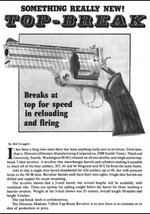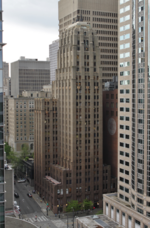Silver Lifetime
- Messages
- 42,667
- Reactions
- 110,774
I am thinking about the Rhinos in .40 & 9mm. Wish they made one in 10mm.I have a 5" Rhino in .40 that I really enjoy, but would like if they made a 4" Rhino 8-shot in .327 Mag. But I'd shoot .32 H&R Mags thru it.













